Mastering the Basics of 3 Way Ball Valve Installation and Maintenance Guide
In the realm of industrial plumbing and fluid control systems, the 3 way ball valve stands as a pivotal component, offering versatility and efficiency in managing the flow of liquids and gases. Understanding the intricacies of installing and maintaining this essential valve is crucial for both seasoned professionals and DIY enthusiasts. This guide aims to demystify the process of 3 way ball valve installation, highlighting key techniques and best practices to ensure optimal performance. By mastering the basics, you can significantly enhance the longevity and reliability of your plumbing system, preventing costly leaks and malfunctions. Whether you are embarking on a new project or looking to refine your skills, this comprehensive maintenance guide will equip you with the knowledge needed to handle the 3 way ball valve with confidence and precision.

Understanding the Anatomy of a 3 Way Ball Valve for Efficient Use
Understanding the anatomy of a 3-way ball valve is crucial for both efficient operation and effective maintenance. A 3-way ball valve is designed to control the flow of fluids through its unique spherical disc, which features three ports configured in a T or L shape. The main component of the valve is the ball, which has holes that align with the ports to allow or block flow. Depending on the position of the ball, you can redirect flow, combine two flows, or isolate a section of piping, making it versatile for various applications.
In addition to the ball, the valve's body, stem, and actuator play significant roles in its function. The valve body houses the ball and ports, while the stem connects the ball to the actuator that controls its rotation. Understanding these components enables users to diagnose issues, perform maintenance, and ensure optimal performance. Regular inspections of seals and gaskets will help prevent leaks, while proper lubrication of the stem can prolong the valve's life. Familiarizing yourself with these aspects not only enhances operational efficiency but also empowers users to execute effective maintenance practices.
Mastering the Basics of 3 Way Ball Valve Installation and Maintenance Guide
| Dimension | Value | Unit | Description |
|---|---|---|---|
| Nominal Size | 3 | inches | The diameter of the valve inlet and outlet. |
| Pressure Rating | 150 | psi | The maximum pressure the valve can handle. |
| Temperature Range | -20 to 200 | °C | The operational temperature limits of the valve. |
| Body Material | Stainless Steel | N/A | Material used for the body of the valve. |
| Ball Material | PTFE Coated | N/A | Coating material for reduced friction. |
| End Connections | Flanged | N/A | Type of connection to the piping system. |
| Flow Direction | Multi-directional | N/A | Indicates the ability to control flow from multiple ports. |
| Maintenance Frequency | Annually | N/A | Recommended periodic maintenance of the valve. |
Key Benefits of Installing a 3 Way Ball Valve in Various Applications
Installing a 3-way ball valve can provide significant advantages in various applications, from enhancing fluid control to improving operational efficiency. One of the key benefits of these valves is their ability to efficiently divert or mix flow in a system, making them ideal for processes requiring precise fluid management. This versatility allows industries such as plumbing, heating, and manufacturing to optimize their operations, ultimately leading to cost savings and increased productivity.
Moreover, the maintenance of 3-way ball valves is relatively straightforward, contributing to their appeal in diverse applications. Regular checks and proper installation can help prevent common issues, ensuring longer service life and reliability. By mastering the basics of installation and maintenance, users not only secure efficient performance but also minimize downtime, echoing the importance of preparation and technique, similar to how a golfer focuses on posture to improve their swing.
Investing time in learning about these key benefits and practices can lead to significant improvements in operational processes across multiple industries.
Essential Maintenance Tips to Extend the Life of Your 3 Way Ball Valve
When it comes to ensuring the longevity and optimal performance of your 3 way ball valve, regular maintenance is essential. One of the most important tips is to conduct routine inspections. Check for any signs of wear or leaks, as early detection can prevent larger issues down the line. Ensure that all connections are tight and that the valve operates smoothly when swapped between different flow directions.
Another vital maintenance practice is the lubrication of the valve's components. Using the appropriate lubricant can significantly extend the life of your 3 way ball valve. Make sure to follow the manufacturer’s recommendations regarding the type and frequency of lubrication. Additionally, keep the valve clean from debris and contaminants to maintain its functionality and prevent corrosion.
Always be mindful of the valve's operating conditions. Excessive pressure or temperature variations can lead to premature failure. By adhering to these essential maintenance tips, you'll not only enhance the performance of your 3 way ball valve but also save yourself time and money in the long run.

Common Installation Mistakes to Avoid When Using 3 Way Ball Valves
When installing a 3-way ball valve, avoiding common mistakes is crucial to ensure optimal performance and longevity. According to a report by the Valve Manufacturers Association (VMA), improper installation can lead to 20% of all valve failures, resulting in costly downtime and repairs. One common mistake is neglecting to align the valve correctly during installation. Misalignment can cause stress on the valve body and hinder its functionality, potentially leading to leaks.
Additionally, failing to consider the application environment can jeopardize the valve's performance. For instance, using a valve not rated for the specific pressure and temperature conditions could lead to operational failures. A study by the American Society of Mechanical Engineers (ASME) emphasizes the importance of proper specifications, suggesting that nearly 30% of installed valves work outside their intended operational parameters. Ensuring that the valve installation adheres to the manufacturer’s guidelines while paying close attention to the surrounding system conditions is vital for maintaining efficiency and preventing premature wear.

Troubleshooting 3 Way Ball Valve Issues: A Step-by-Step Approach
When it comes to troubleshooting 3-way ball valve issues, a systematic step-by-step approach can significantly mitigate operational downtime. According to a recent report by the Fluid Control Institute, as much as 30% of unscheduled maintenance can be attributed to valve malfunctions. Identifying the core problem—whether it's improper alignment, inadequate sealing, or wear and tear—requires a thorough examination of the valve's performance and environment. A pressure drop or inconsistent flow indicates potential blockages or mechanical failures that must be addressed immediately to maintain system integrity.
Additionally, implementing preventative measures is crucial to enhance the longevity and reliability of these valves. The Valve Manufacturers Association of America states that routine maintenance can extend the lifespan of ball valves by up to 50%. Regular inspections, lubricating moving parts, and ensuring that the actuator is functioning correctly can prevent minor issues from escalating into major repairs. Moreover, employing diagnostic tools such as flow meters and ultrasonic thickness gauges can provide valuable insights into valve condition and performance, enabling operators to act before problems arise. By taking a proactive stance, industries can improve their operational efficiency and reduce costs associated with valve-related downtime.
Related Posts
-
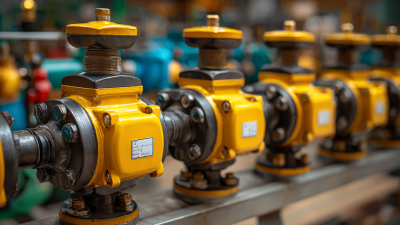
Innovative Technologies Shaping the Future of Best Pneumatic Ball Valve Solutions and Strategies for Global Procurement
-
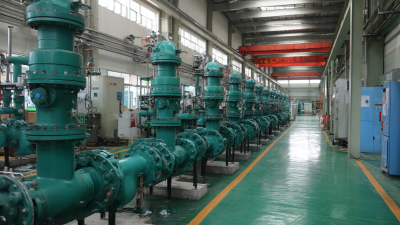
Global Excellence in Control Valve Manufacturing China Leads the Way
-
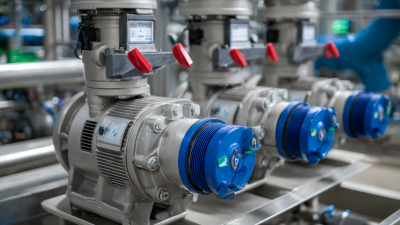
How to Choose the Best Motorized Valve for Your Industrial Needs
-
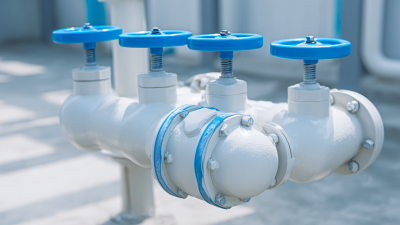
What Makes the Best PVC Ball Valve Ideal for Your Business Needs
-

Top Strategies for Maximizing Efficiency with Pneumatic Control Valves
-
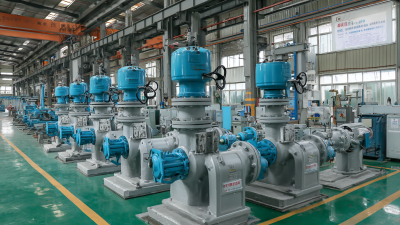
Elevating Global Standards through Best Control Valve Solutions Made in China
